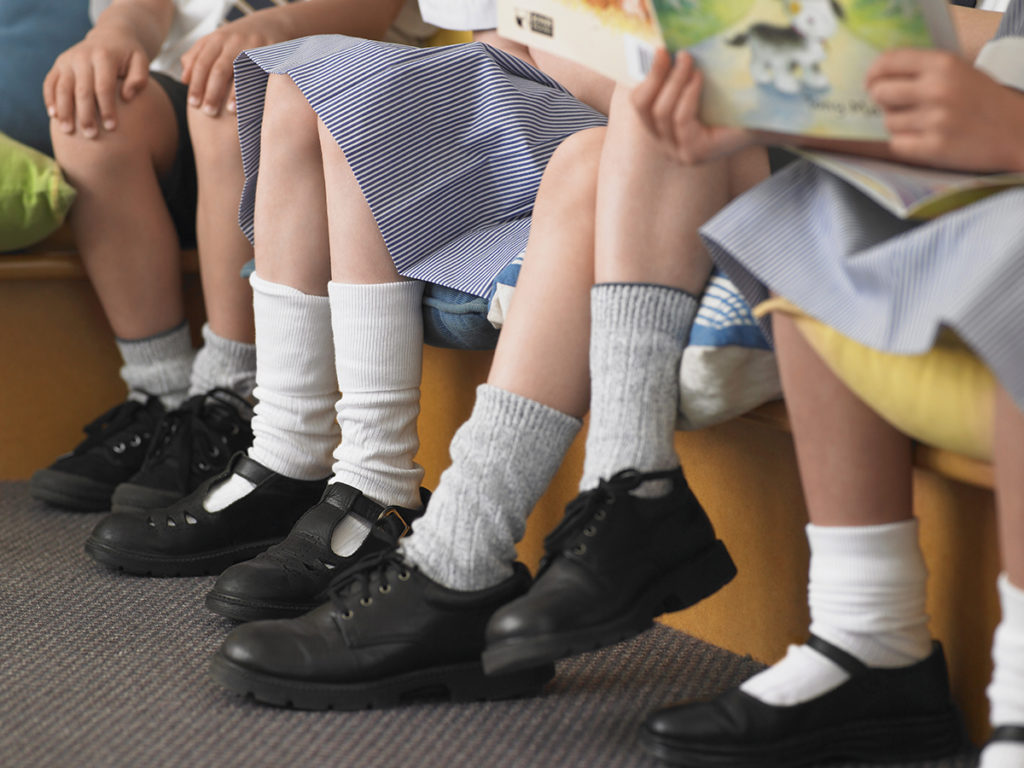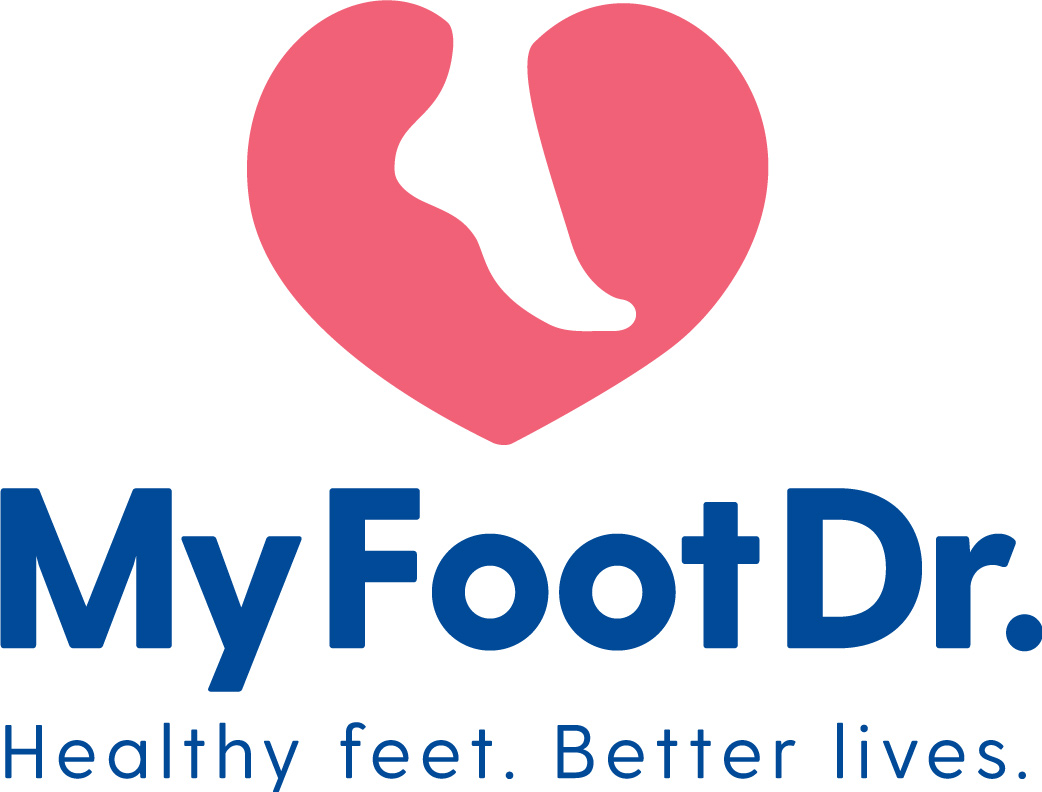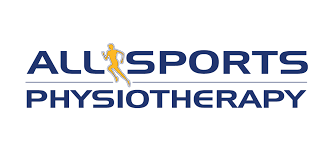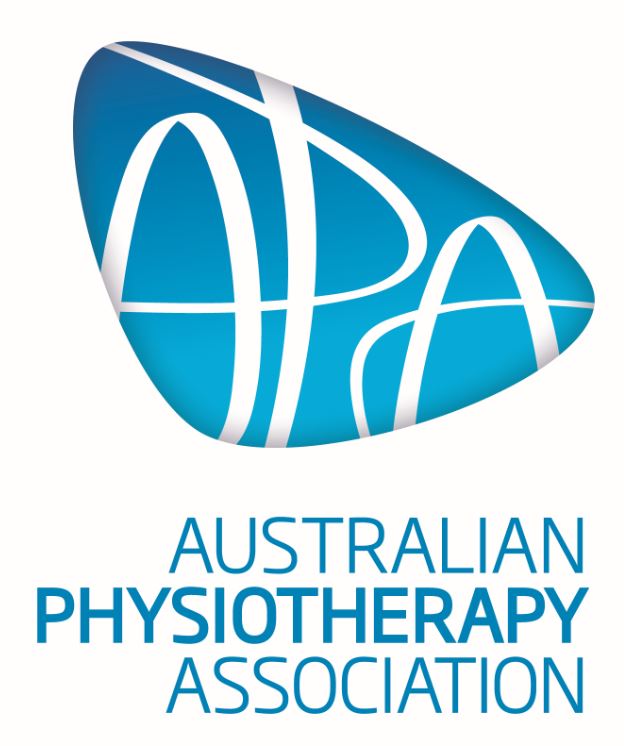
The new school year brings a mix of excitement and chaos. Amongst the never-ending to-do list to get the kids prepared is a key priority: buying your kids a new pair of well-fitting school shoes that you feel confident will keep their feet supported and feeling great throughout the school year.
While having a uniform that leaves a little room for healthy growth has a few downsides, the same can’t be said for footwear. School shoes need to have a good fit and the right features from day one – and ignoring this may lead to uncomfortable, frustrating or even painful consequences. Here’s why finding the right school shoes is so important, and our podiatry tips on how you can find the best shoes for your child in 2022.
Why Are My Child’s School Shoes So Important?
Research shows that wearing shoes that don’t fit well can cause foot pain, sores and even risk permanent changes to your child’s feet. The consequences may present as:
- Bunions
- Claw toes
- Hammertoes
- Blisters
- Corns
- Callus
- Haglund’s deformity (a bump at the back of the heel)
- Swelling
- Foot pain
On the other hand, well-fitting shoes can help protect your child’s feet from foot, ankle, knee and hip problems down the line. Good footwear has been found to influence the structure, development and function of the foot, leaving a positive impact on a person’s longer-term foot health.
While it’s natural to want to get the most wear out of a pair of shoes by selecting a bigger size, many parents are interested to learn that ill-fitting shoes may wear out more quickly as they could be scuffed and dragged along the floor, thinning the soles.
How Often Do I Need To Replace My Child’s Shoes?
Depending on their age, children’s feet can grow up to one or two sizes per year, so we recommend checking their shoes against their feet every six months to make the judgement call on whether you need to replace the shoes to help prevent potential foot pain or damage.
While it’s easy to presume that we know that our children’s shoes are the right fit, a survey of over 2000 parents showed that 67% of kids were wearing the wrong size shoe:
- 48% were wearing one size too small
- 19% were wearing two sizes too small
- 23% had the correct shoe size (with no room to grow)
- 10% had the correct shoe size (with room to grow)
Five Shoe Shopping Tips To Help You Find The Best Shoe
To help get school shoes that fit well and support your kids feet, we recommend:
- Getting your child’s shoe size professionally checked by a trained retail assistant at your local My FootDr retail store or a dedicated shoe store. Sizing can vary between brands, so it’s important to work with someone who understands what to look for when it comes to the right fit, including using a branded brannock measuring tool.
- Bringing your child to buy the shoes. While we’ve seen many parents opt for a tracing of their kids foot, this outline won’t tell you if the shoe is rubbing anywhere, pressing on the sides of their feet, or even feeling comfortable.
- Bringing school socks. The thickness of your child’s school socks can have a significant influence on both fit and comfort, so have your bases covered and try them on with the right socks that represent the true thickness of what they’ll be wearing all day at school.
- Checking the fit by assessing:
- Width – check that the shoe isn’t putting pressure on the sides of your child’s foot at any point, the ball of their foot should fit comfortably in the widest part of the shoe, and at the heel there should be room for slight heel slippage.
- Length – there should be about one finger’s width of space between your child’s longest toe and the end of the shoe.
- If they match the natural shape of the foot.
- Check for any bulges, pressure points or discomfort
- Checking for symmetry and stability. Footwear that is asymmetrical or uneven can have a large effect on how the foot functions, which can lead to foot and leg pain. Place the shoes on a flat surface and look at them from behind, keeping an eye out for irregularities in the heel. You should do this for all footwear; as any shoes can have manufacturing faults. If you notice a considerable discrepancy in the symmetry of the shoes, ask to try another pair.
Keep Those Toenails Trimmed
Once you’ve got the right shoes, you can ensure your child is comfortable and pain-free by ensuring their nails are trimmed well and regularly. A leading cause of ingrown toenails is ill-fitting footwear and improper nail trimming.
Podiatrists Are The Experts In Children’s Foot Health
Your child will spend approximately 1200 hours in their school shoes each year, yet research shows that 61% of children haven’t had their feet properly measured or fitted within the last 12 months. One of the best things you can do for your child’s foot health is practice prevention: treat their feet like you treat their teeth and have them checked every year. Your podiatrist is the best person to do this, having a comprehensive knowledge of foot health, function and treatment.
If you’re concerned about your children’s feet, we’re here to help them continue to put their best foot forward.
To make an appointment, give us a call on 3281 8876









